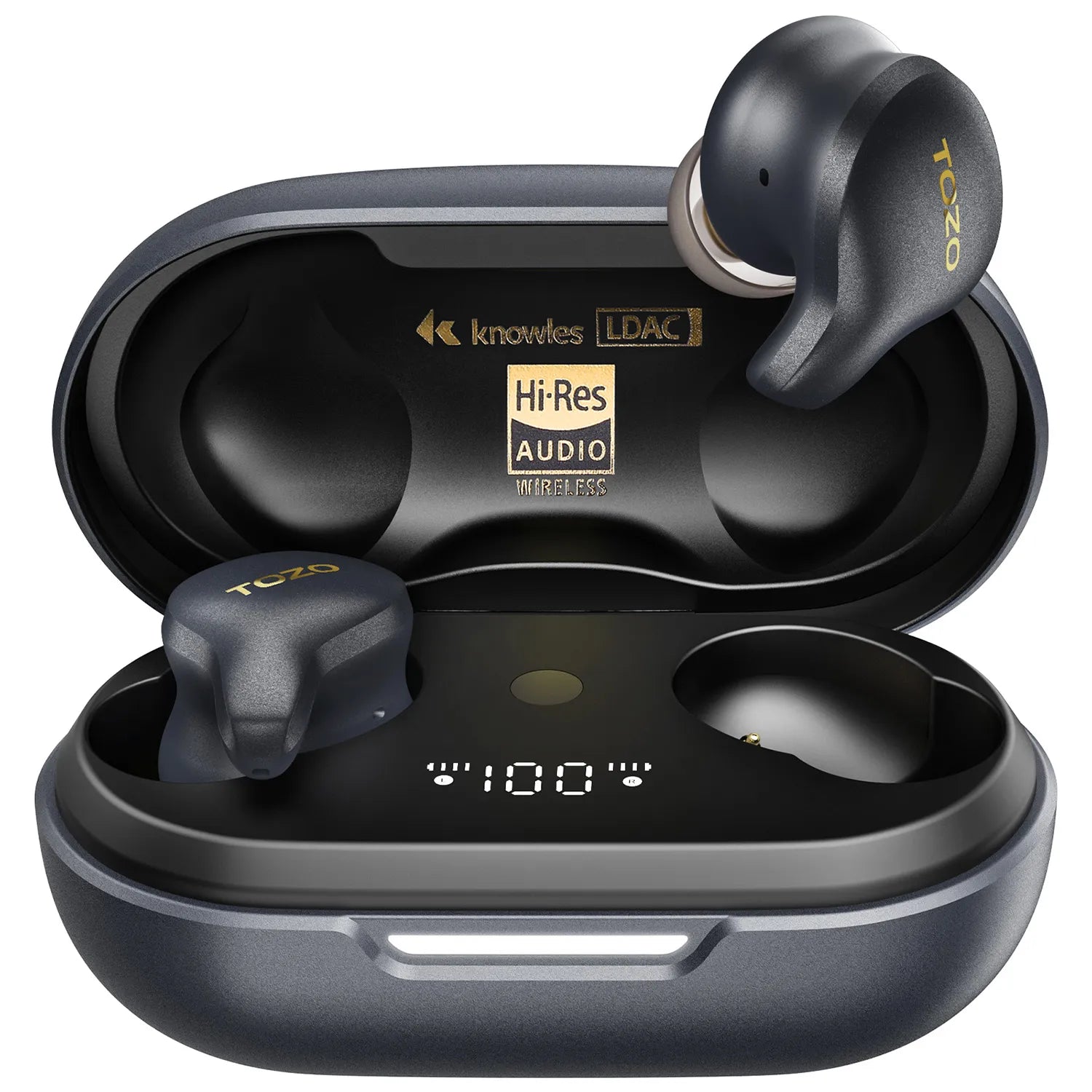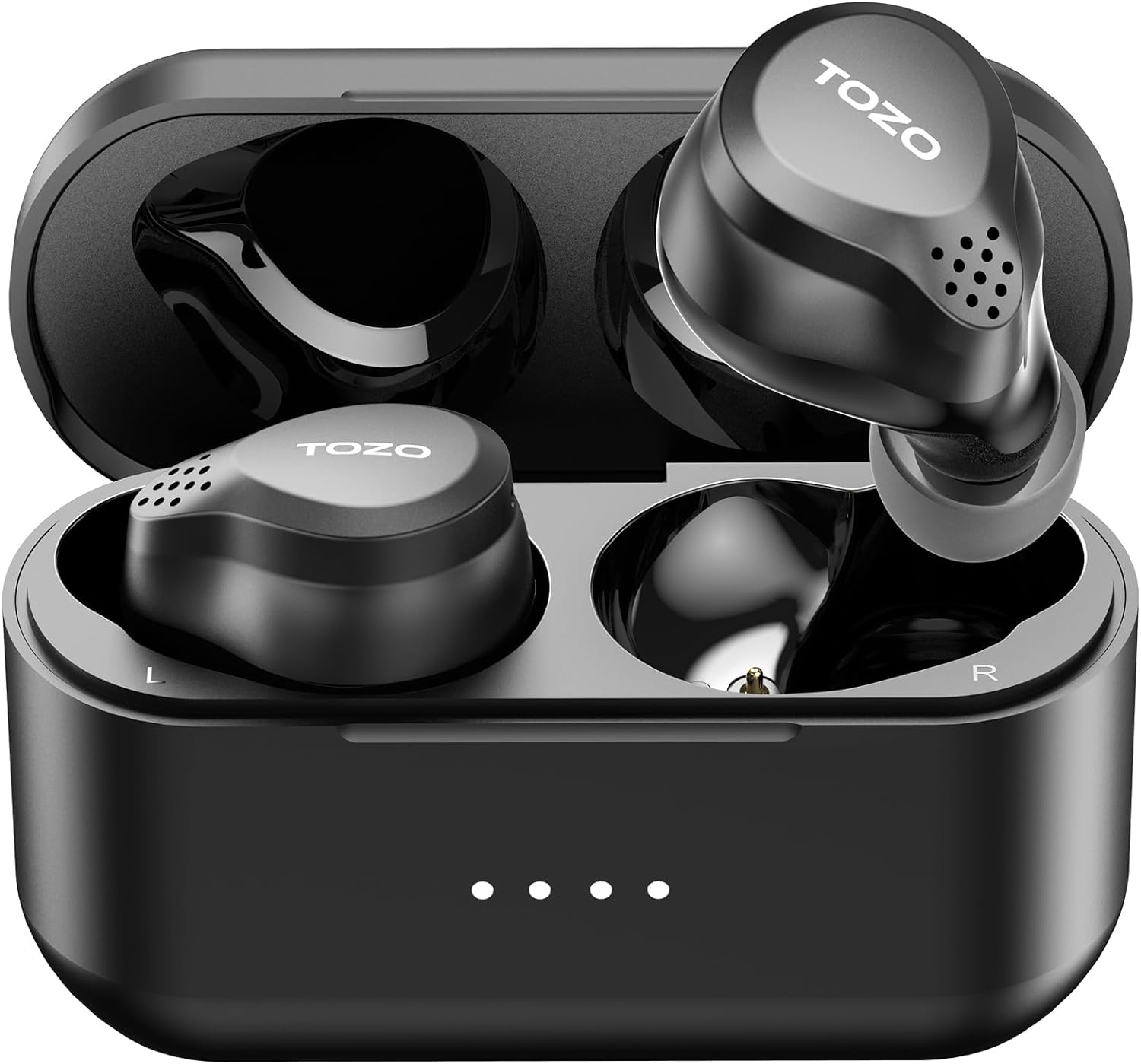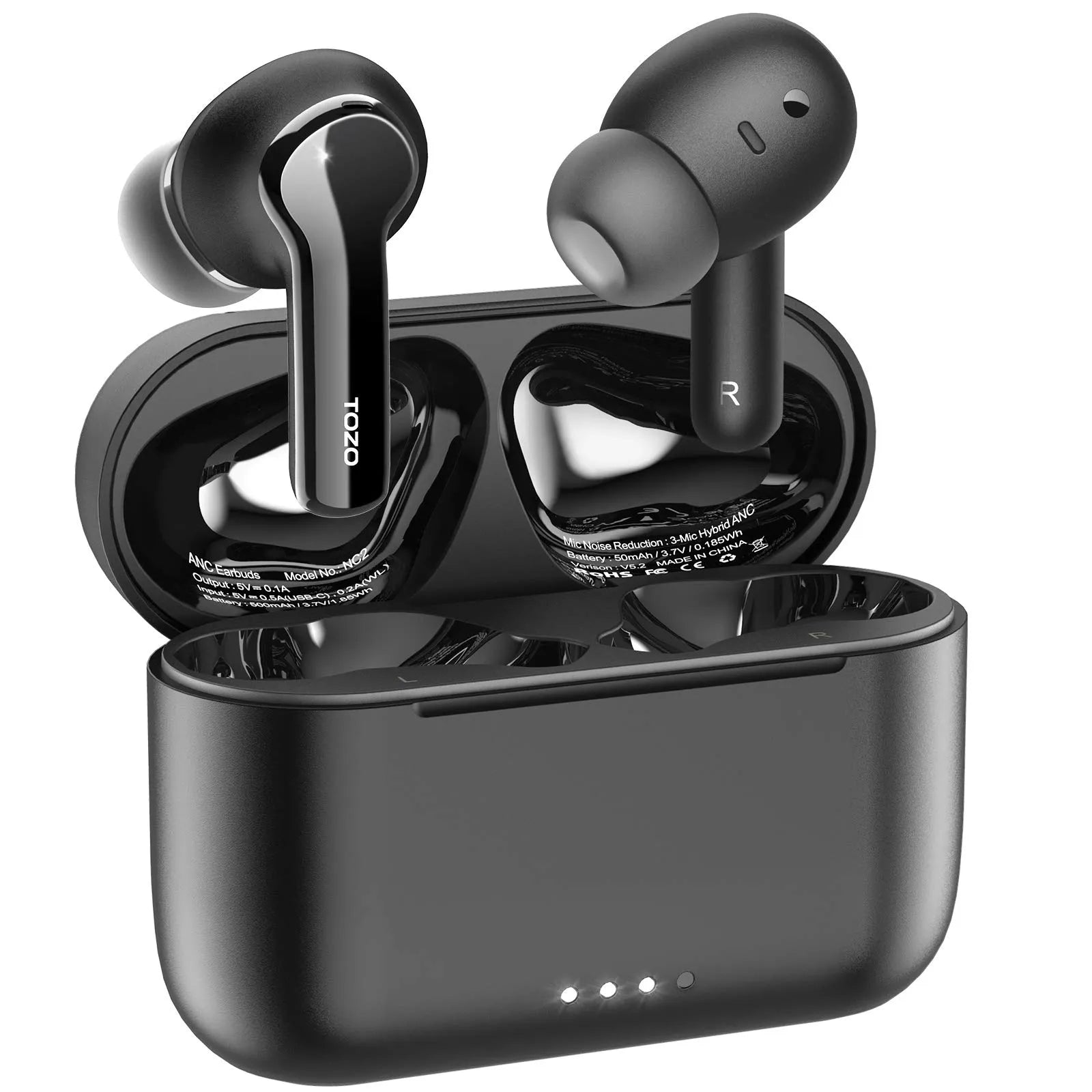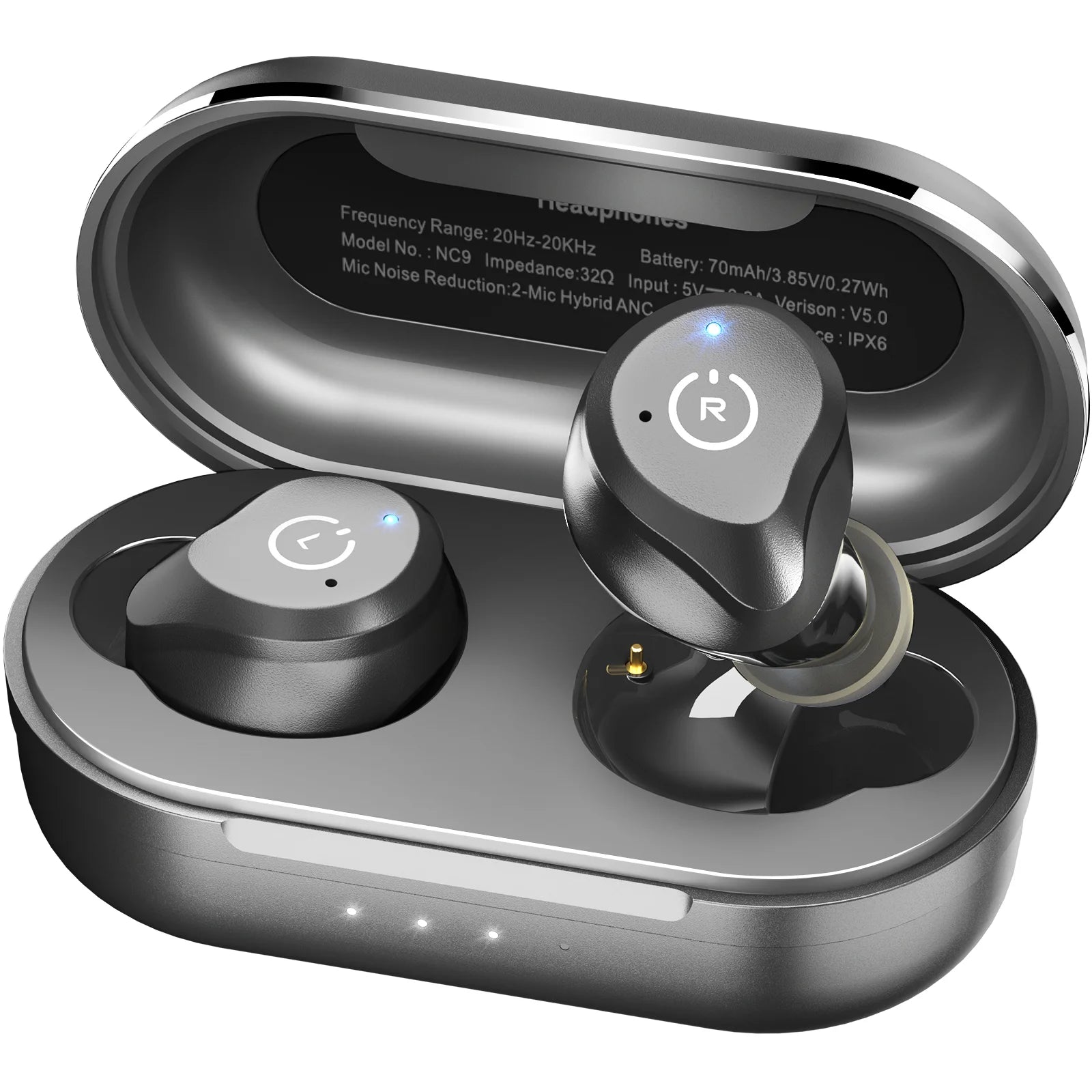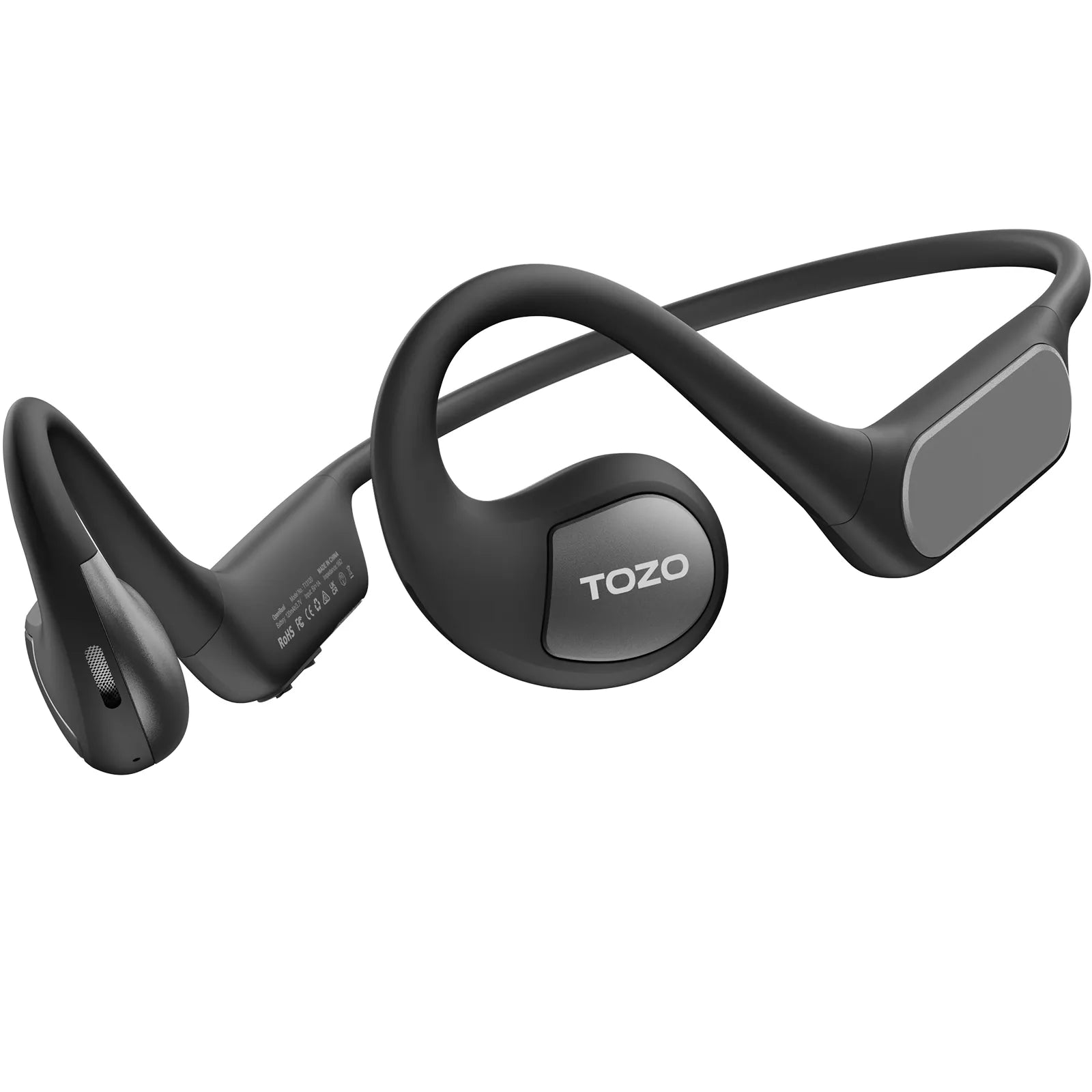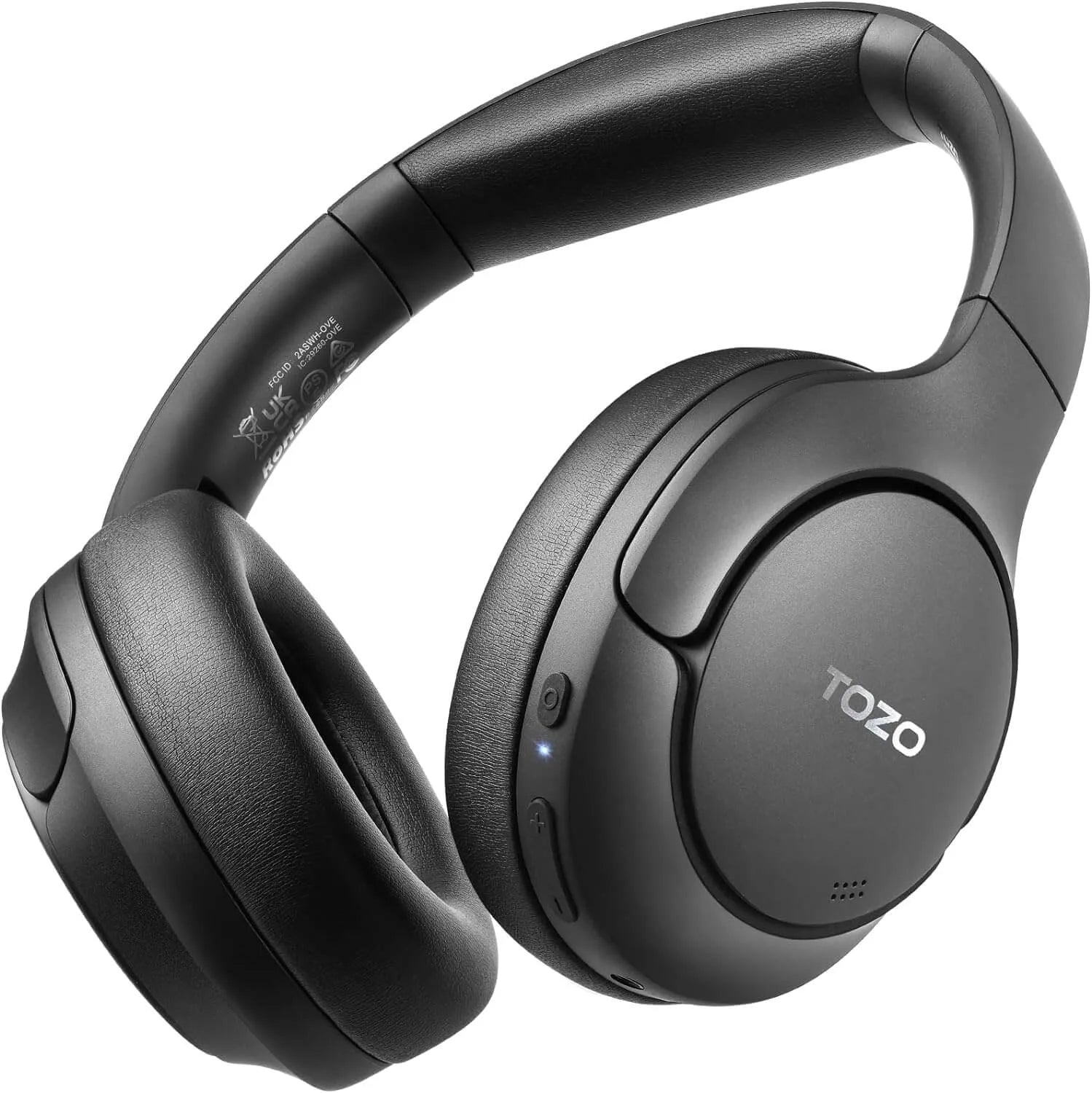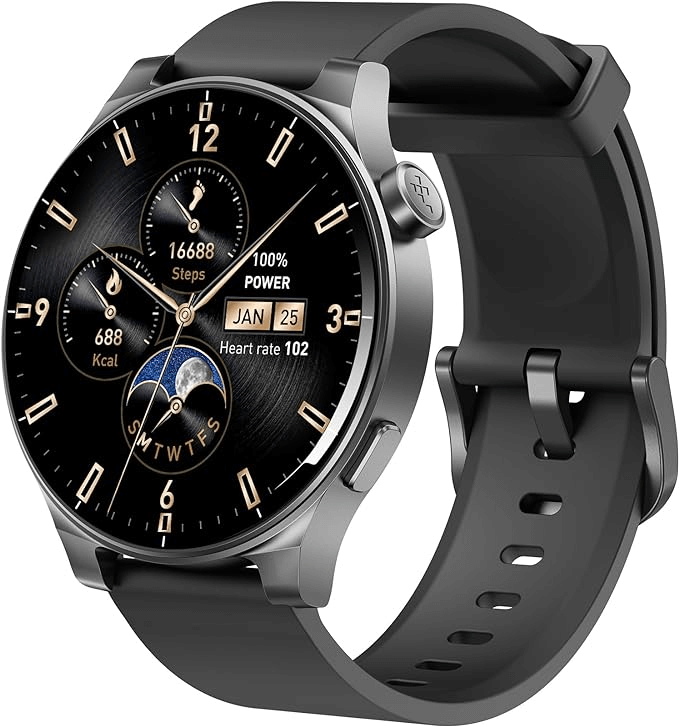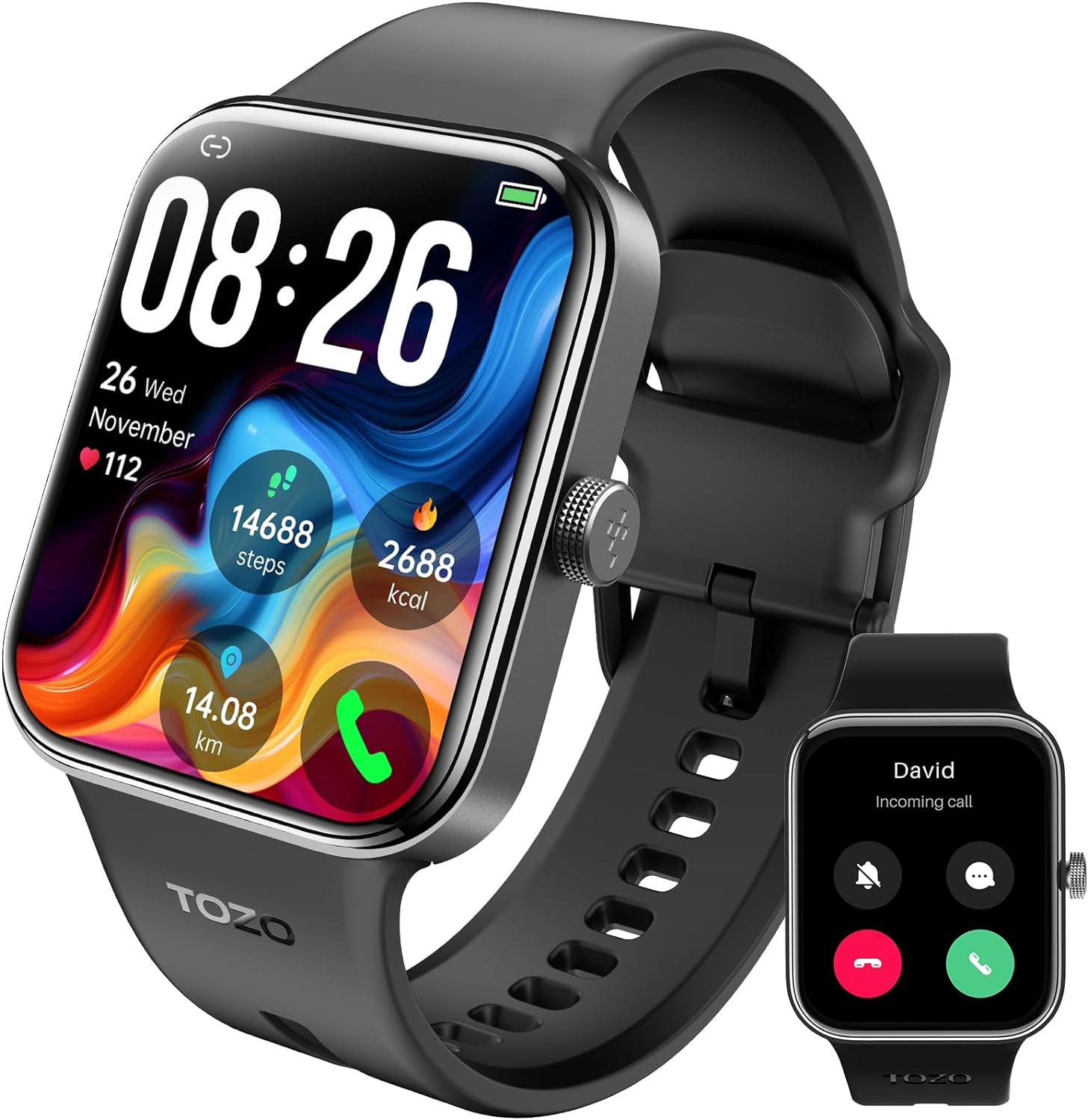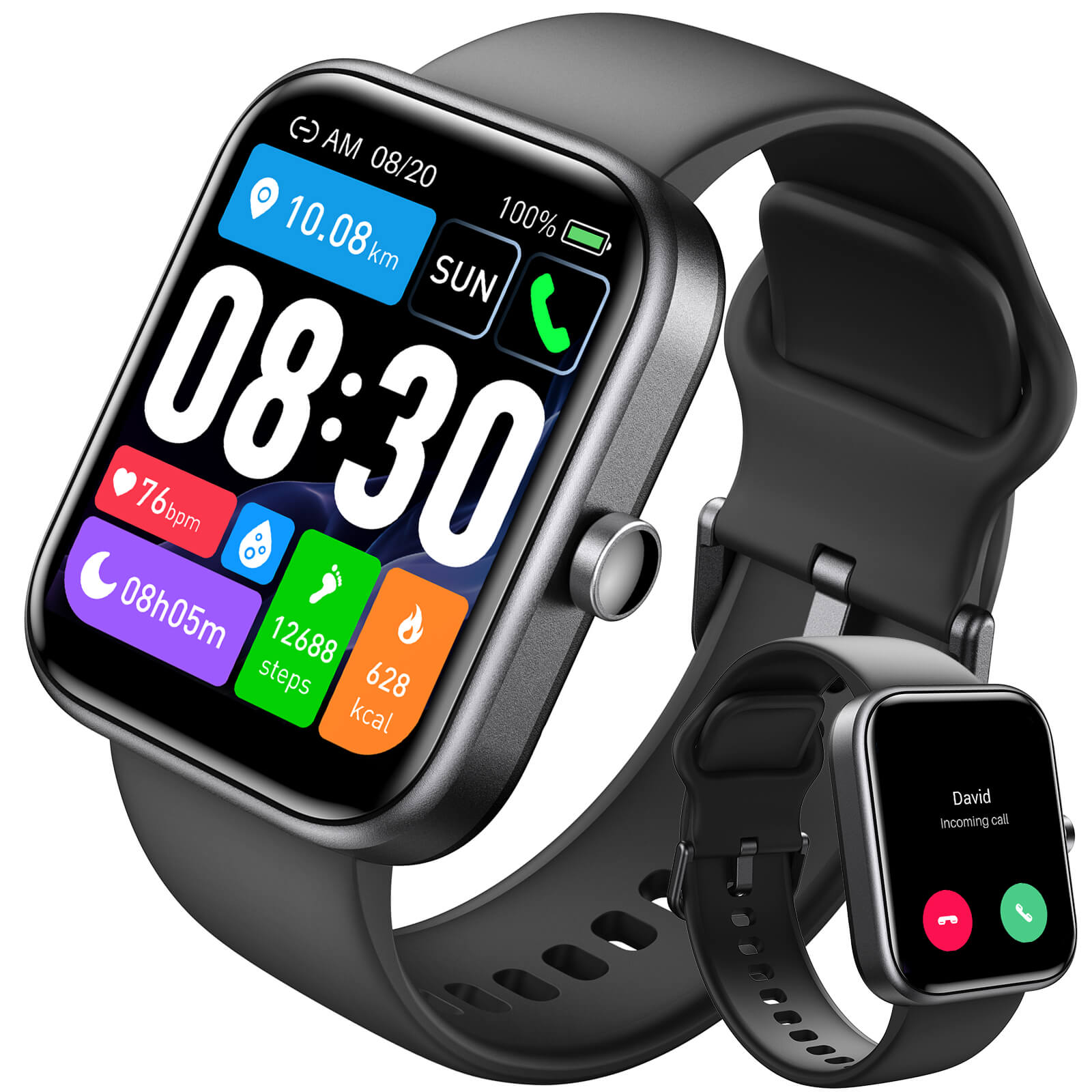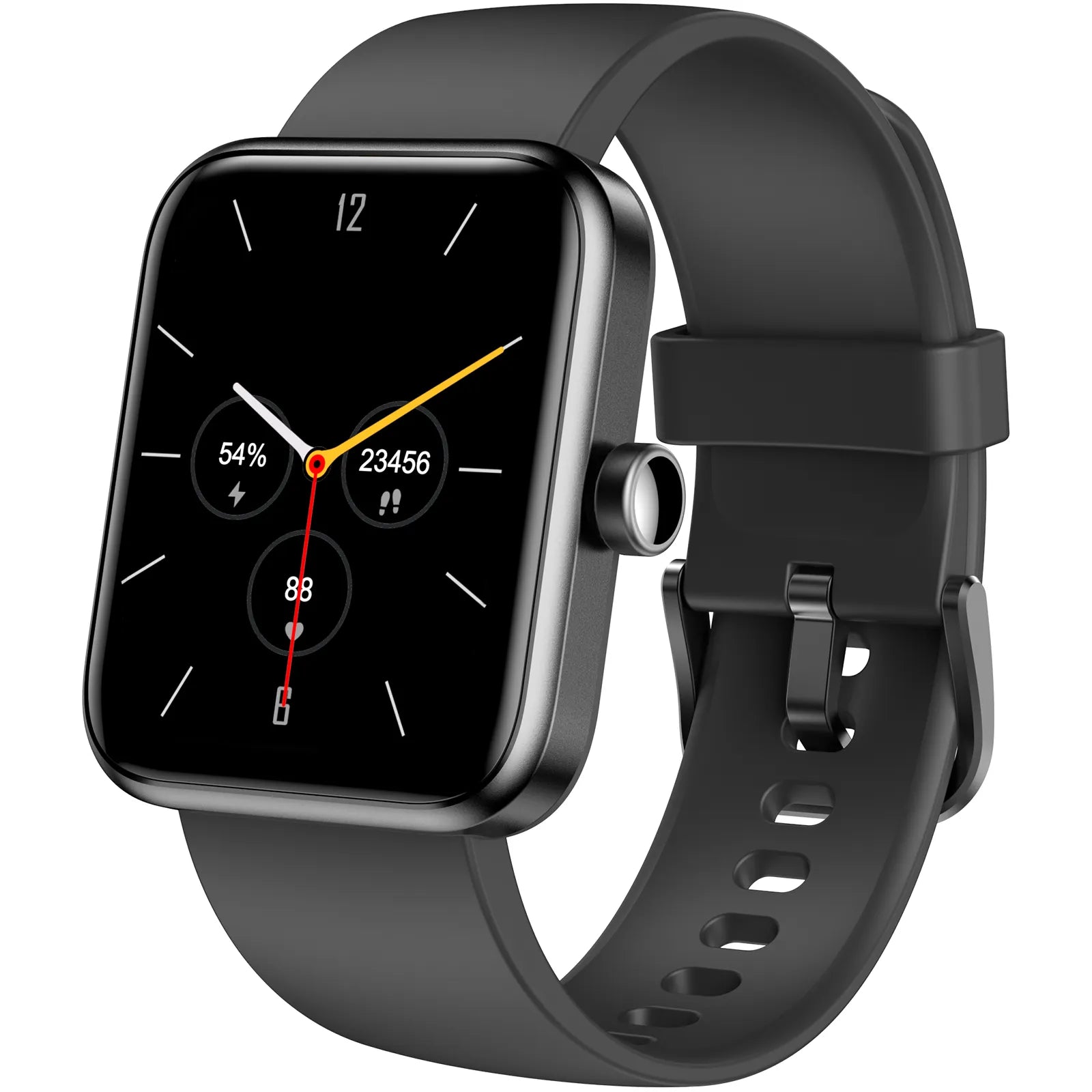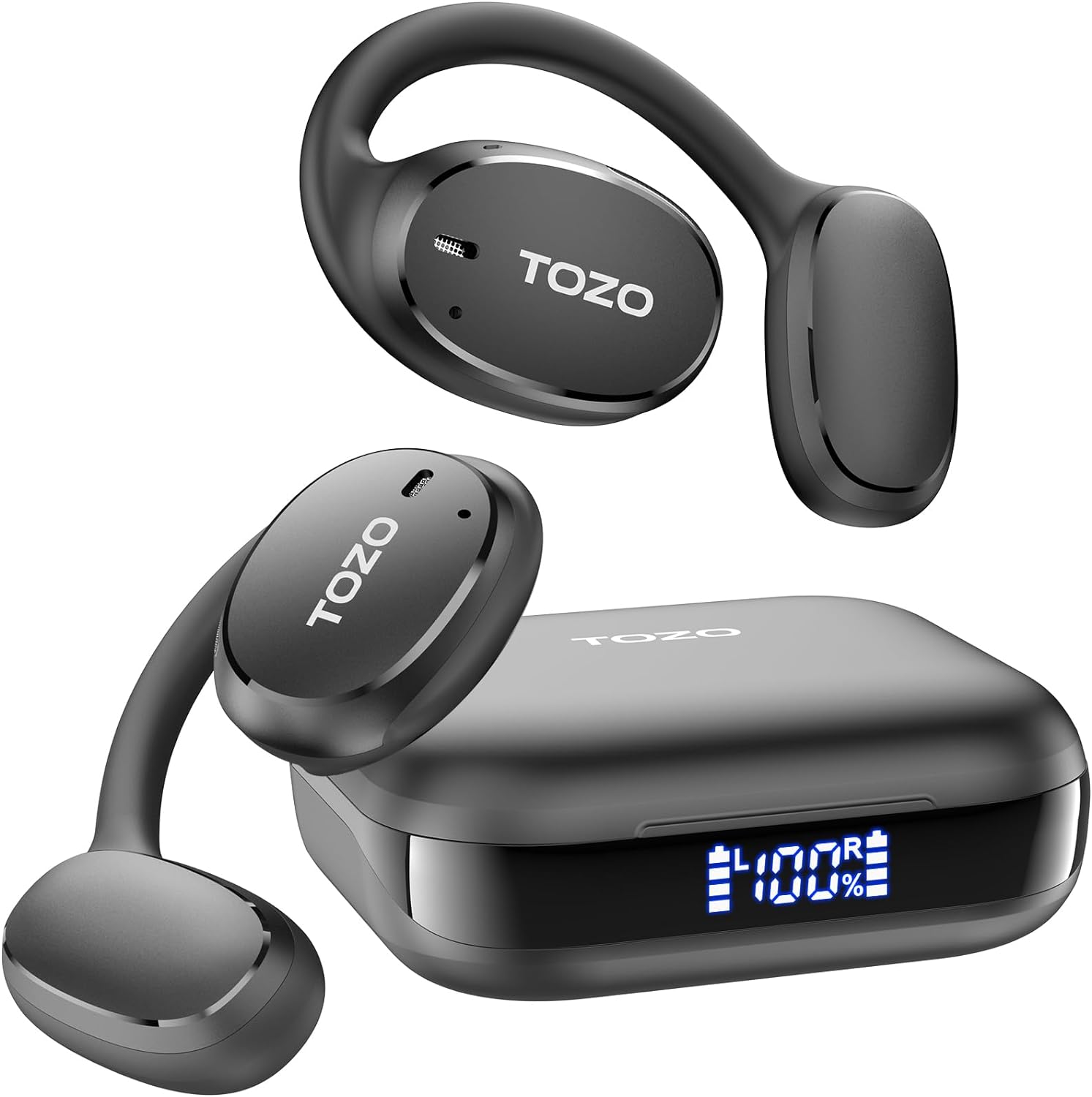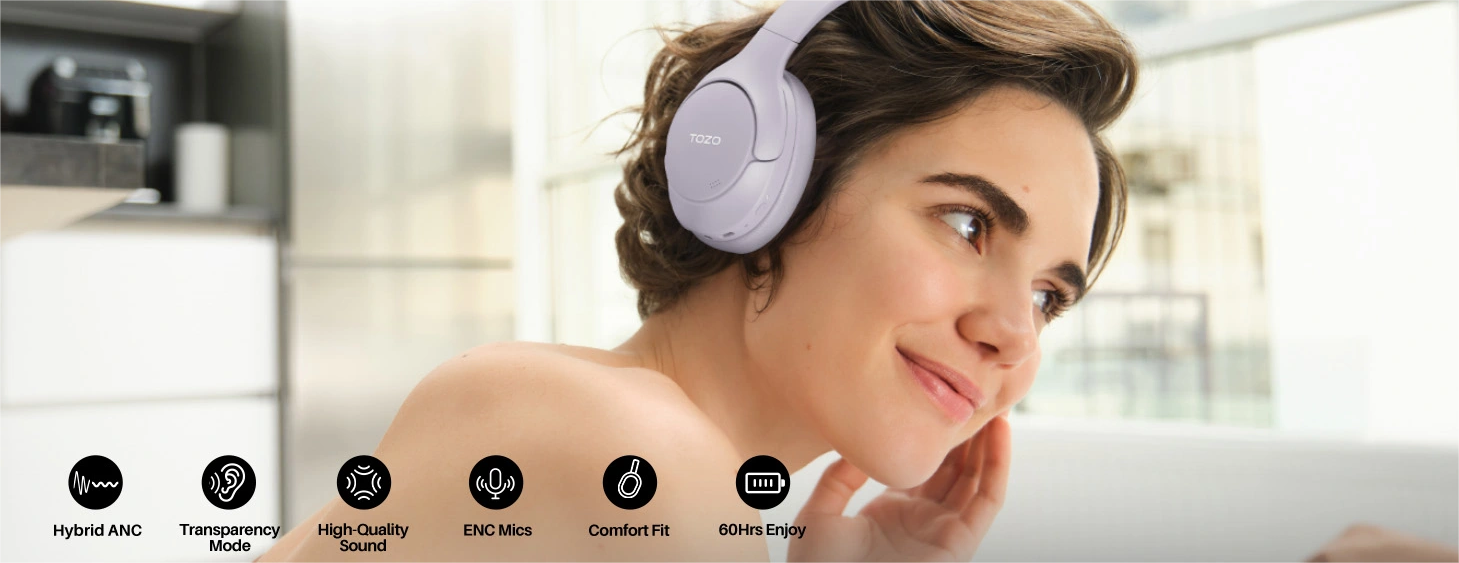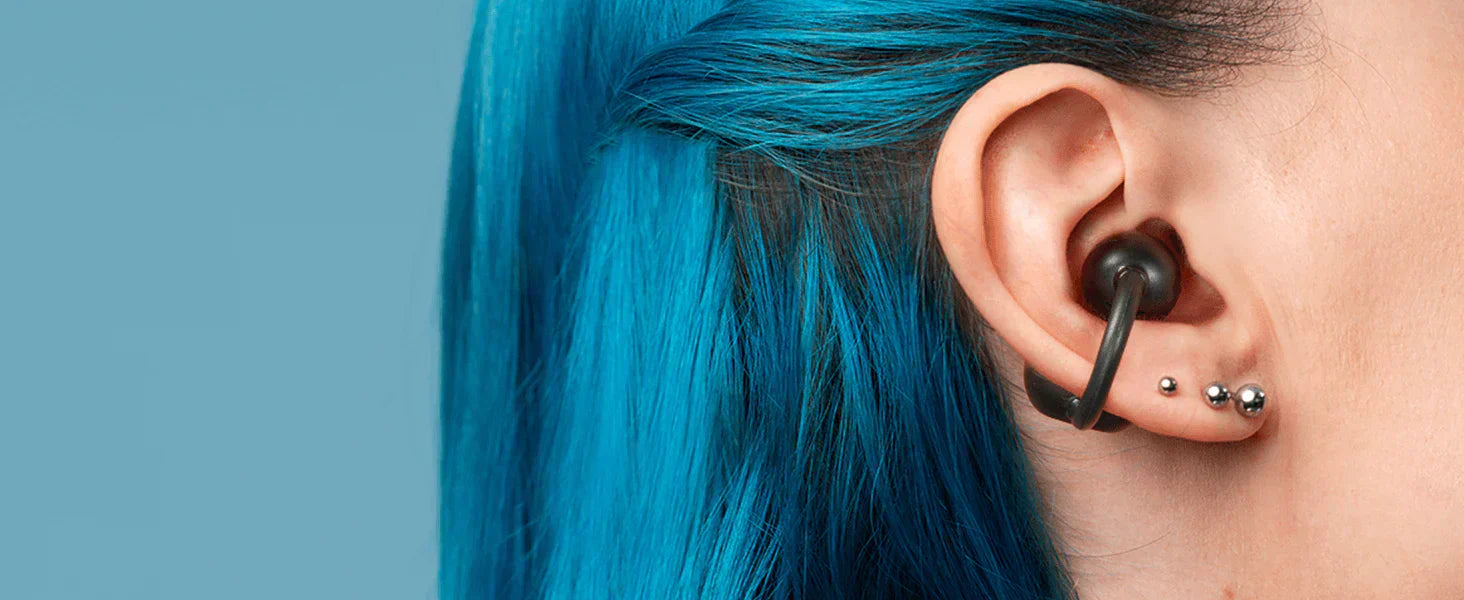If you've been in the market for a new pair of headphones, there's a good chance that you came across the term "noise cancelling" in your search. Simply put, noise-cancelling headphones suppress outside sounds so you can focus better on whatever you are listening to.
They are particularly useful in crowded places, on long flights, when working near traffic, and when doing audio work like sound mixing or editing.
Types of Noise Cancelling Headphones
There are two types of noise-cancelling headphones, and they both work in two different ways:
- Active Noise Cancellation (ANC)
- Passive Noise Cancellation
Let's explore the differences between them and see if noise-cancelling headphones are for you.

How Does Noise Cancelling Work?
But how does noise cancelling work exactly?
Active noise cancellation works by using a small microphone embedded in the headphones. These microphones detect the sounds around them and then attempt to mute them.
Passive noise cancellation is much simpler as it acts as a barrier to prevent sounds from entering your ears.
Active Noise Cancelling (ANC)
How Does ANC Work?
Headphones with active noise cancellation have a small microphone built into the outside case. This microphone detects outside noises and silences them using a concept known as "phase inversion."
With phase inversion, the headphones cancel out any sound waves that the microphone "hears" by sending the opposite sound wave through the speaker, thus cancelling out the noise. In practice, ANC is more effective at cancelling low humming or droning noises rather than loud and sudden sounds.
Pros and Cons of ANC
Pros:
- Improved listening experience by reducing unwanted outside noise.
- Good for traveling as ANC works well on engine and road noises.
- Increased productivity by providing a quieter environment.
- Better sound quality through reduced noise interference.
Cons:
- More expensive due to the microphone and related technology.
- Less effective against high-frequency sounds like screaming children or car horns.
- Requires power, usually in the form of a rechargeable battery.
- Potential for audio latency, introducing a small delay between audio and video.

Ideal Users and Applications
ANC is especially useful for travelers, commuters, and workers in noisy environments. ANC is also found in vehicles, industrial zones, smart speakers, and even air conditioning ducts.
Passive Noise Cancelling
How Does Passive Noise Cancelling Work?
Passive noise cancellation uses a physical barrier to block out unwanted noise, without any microphones or noise-cancelling hardware. Ear cups or earbuds are designed to physically stop sound waves from reaching your ears.
Pros and Cons of Passive Noise Cancelling
Pros:
- Simple design with fewer components, making it less prone to malfunctions.
- No power needed, allowing it to be used anytime.
- More cost-effective due to its simplicity.
- No audio latency since there is no phase inversion technology.
Cons:
- Bulkier design due to thicker materials.
- Dependent on a snug fit around the ears or in the ear canal.
- Less effective at stopping very high or low sound frequencies.
Ideal Users and Applications
Passive noise cancellation is best for casual audio listening, sleeping (possibly while playing soft music or white noise), and people working from home. It provides a cost-efficient alternative for blocking out noise.
Factors Affecting Noise Cancelling Quality
Not all headphones are created equal, and this also applies to their noise-cancelling capabilities. When shopping for noise-cancelling headphones, consider the hardware and software components, and ensure you're buying from a trusted and established company.
Key factors to consider:
- Number and placement of microphones: Typically, ANC uses two microphones: one to capture outside noise and another to generate the sound wave to cancel it out.
- Processor power: The processor ensures that the microphones work correctly, but larger processor chips can drain the battery faster and result in heavier headphones.
- Algorithm sophistication: This determines how phase inversion works, with more advanced options like Adaptive Noise Cancellation.
- Headphone design and materials used: The design and materials can affect the overall comfort and noise-cancelling effectiveness.
How To Measure The Quality of Noise Cancelling Effects
Noise-cancelling headphones should be evaluated based on effective noise reduction, minimal sound distortion, comfortable fit, and adaptive noise cancelling features. You can also rely on user reviews and feedback to assess their performance.
Tips and FAQs About Noise Cancelling Technologies
Can noise cancelling block all noise?
No, it cannot block all noises. Certain high or low-frequency sounds may bypass noise cancelling, and it is less effective against very loud or sudden noises.
Can I use noise-cancelling headphones while sleeping?
Yes, they are safe to wear while sleeping and can improve sleep quality by reducing distractions. However, ensure they are comfortable, clean, and that the battery does not overheat.
Does active noise cancellation damage hearing?
No, ANC does not cause hearing loss. It negates outside noise without producing any sound on its own, making it safe to use as long as safe listening practices are followed.






















